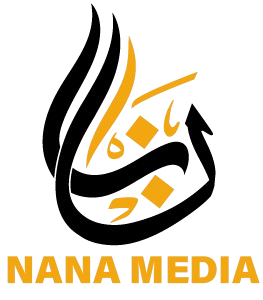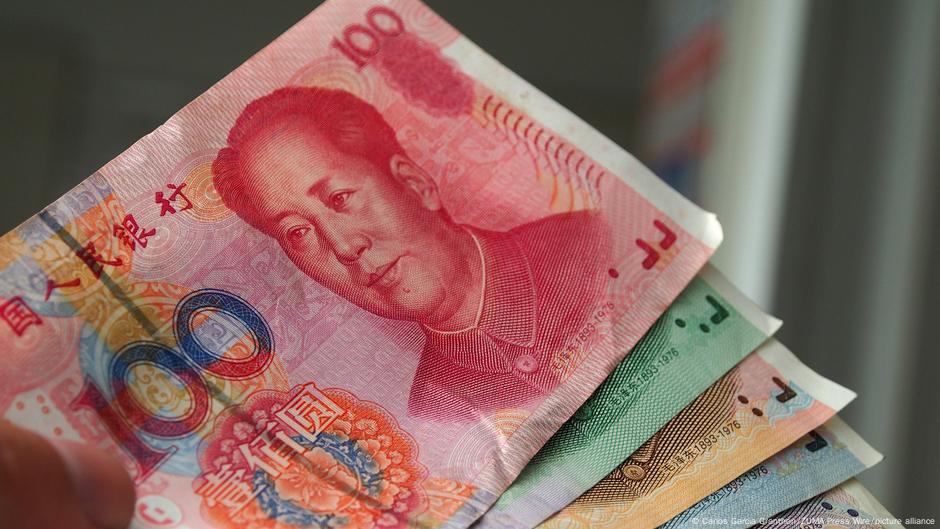Introduction to China’s Desire for Reduced Dependence on the US Dollar
China’s desire to reduce dependence on the US dollar began during the global financial crisis of 2008–2009. The US Federal Reserve’s aggressive money printing threatened the value of Beijing’s $1.9 trillion of foreign assets, prompting the People’s Bank of China (PBOC) to launch a pilot project for cross-border trade in yuan or renminbi in July 2009.
The Rise of the Yuan
This pilot project marked the beginning of a 16-year campaign that has seen 30% of China’s $6.2 trillion in global goods trade transacted through the yuan. When including all cross-border payments, such as bond purchases and foreign investments, the yuan’s share rises to 53%, overtaking China’s dollar trade for the first time in 2023. The yuan briefly overtook the euro as the second most used currency in global trade finance, with a market share of 5.8% versus the dollar’s 82%.
Yuan’s Global Role and Its Limits
While the BRICS nations have explored alternatives to the dollar, China has taken a more pragmatic approach, expanding the yuan’s role in global trade while maintaining control over the currency exchange. China wants the yuan to be internationalized for trade, but it is less interested in the yuan becoming a financial currency. Allowing the yuan to be used in global financial markets would reduce the Chinese Communist Party’s control over its domestic credit system.
Regionalization of the Yuan
Beijing’s intention is to regionalize the yuan, particularly toward the Global South. Over the past three years, China has used its economic influence and the geopolitical fallout from the Ukraine war to secure cheap energy and raw materials deals, with an increasing share settled in yuan. Chinese state-owned enterprises are already demanding a higher quota of trade in yuan from foreign raw material suppliers.
Yuan’s Key Role in Debt Financing
A second pillar of Beijing’s efforts to promote the yuan is foreign loans, which embed the Chinese currency into the debt structures of developing countries. Chinese banks’ external yuan holdings have quadrupled to $480 billion within five years, representing a growing portion of China’s approximately $1 trillion in foreign borrowings under the Belt and Road Initiative (BRI). Countries like Kenya, Angola, and Ethiopia have converted old dollar debt into yuan, while Indonesia, Slovenia, and Kazakhstan are now issuing bonds in Chinese currency.
China’s Financial Architecture
Beijing has built a separate financial architecture that can function independently of dollar-dominated systems. At its heart is CIPS, China’s cross-border interbank payment system, which offers an alternative to SWIFT for international transactions. Yuan clearing centers have opened in major financial centers, and the PBOC is testing the digital yuan, a central bank digital currency (CBDC). The digital yuan is expected to further streamline cross-border payments and reduce dependence on Western banks.
Beijing’s Control Over the Yuan
The yuan remains strictly managed by Beijing and cannot be freely exchanged for other currencies without government supervision. China’s domestic credit system is still largely controlled by state-owned banks under political supervision. Beijing fears that allowing unhindered money flows in and out of the country could expose the Chinese currency to speculative attacks and other foreign influences. Full convertibility remains off the table, and the internationalization of the yuan will follow the Chinese Communist Party’s logic of command and control.
Challenges to the Yuan’s Growth
The push to expand yuan trade is countered by China’s economic imbalances, including weakening domestic demand and a worsening housing crash. Chinese factories produce more than the country needs, so Beijing must rely more on exports to boost its economy. Without steady foreign demand, yuan trade growth could stall. China’s economic growth now depends on global trade, making it essential for trading partners to accept the yuan as a currency for business. This requires more trust, transparent institutions, and a stronger economy.

